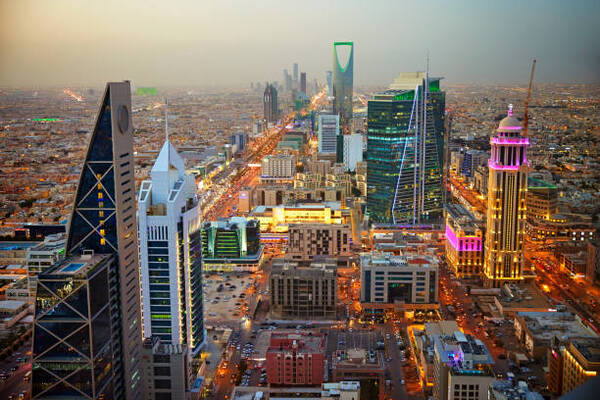Saudi Arabia has made headlines with a remarkable travel balance surplus of 50 million, highlighting its burgeoning tourism sector and signaling significant progress towards the economic goals outlined in Vision 2030. This surplus is not merely a financial achievement, but also a strong indication of the kingdom’s growing status as an international travel destination.

This achievement reflects the broader economic transformation that Saudi Arabia is undergoing, which aims to lessen its dependence on oil revenues. A key focus of Vision 2030 is the enhancement and expansion of the tourism industry, and current statistics illustrate that these initiatives are beginning to yield positive results.
Several factors have contributed to this impressive growth in tourism revenue. The easing of travel restrictions post-pandemic has encouraged international travel and increased tourist arrivals. Moreover, the Saudi government has made substantial investments in infrastructure, transportation, and hospitality services, significantly enhancing the overall visitor experience and accessibility.
To attract a diverse global audience, Saudi Arabia has implemented innovative policies and campaigns, including new visa schemes such as e-visas and tourist visas, which simplify entry for travelers worldwide. These streamlined procedures have made it easier for visitors to explore the kingdom’s rich offerings, which range from breathtaking natural landscapes to historic sites with thousands of years of heritage.
Events such as Riyadh Season have also played a crucial role in boosting tourism. This annual festival, featuring concerts, cultural exhibitions, and sporting events, has drawn millions of visitors, transforming the capital into a vibrant hub for both domestic and international tourism.
The significant surplus figure underscores a shift in global perceptions of Saudi Arabia. Traditionally recognized for its religious importance and oil wealth, the kingdom is now emerging as a destination for cultural exploration, adventure, and luxury travel. Travelers are increasingly discovering Saudi Arabia’s mountains, deserts, coastlines, and ancient cities—areas that have historically been less explored on the global tourism map.
Experts note that maintaining this positive momentum will require a sustained commitment from both government entities and private businesses. It is essential to continue prioritizing tourism infrastructure investments, enhance hospitality training, and execute aggressive marketing strategies targeting key international markets.
The rise in tourist numbers reflects a deeper transformation in Saudi Arabia’s identity and economic structure. As the kingdom rebrands itself as a vibrant tourism destination, it is clear that its future economic landscape will be built on its rich cultural and natural resources, rather than solely on oil.
Under the guidance of Vision 2030, Saudi Arabia is positioning itself to become a significant player in the global tourism arena. The 50 million surplus is merely one indicator of the ongoing strategic shift towards a more diversified, resilient, and globally connected economy.


Leave a Reply